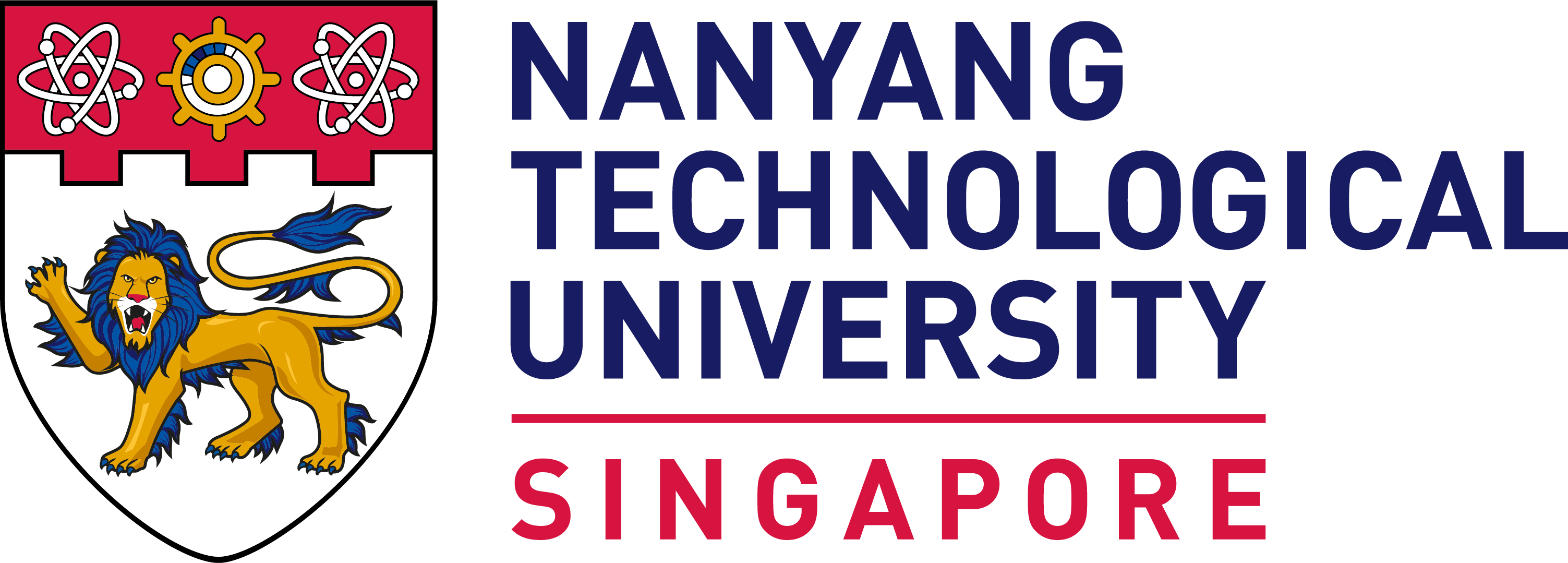Abstract
This article examines how historical knowledge can be made “powerful” – to equip our students with knowledge that enables them to understand, engage meaningfully with, and act upon the world. By outlining the features of powerful knowledge—specialised, conceptual, epistemic, and ontological—and addressing key challenges in implementing a knowledge-rich curriculum, this article considers the avenues in which historical knowledge can be made powerful for students. It then provides a practical framework for translating powerful knowledge into classroom practice. By offering both theoretical grounding and concrete exemplification, the article aims to support history educators in designing learning experiences that are conceptually rich, socially relevant, and enduring beyond formal assessment.
